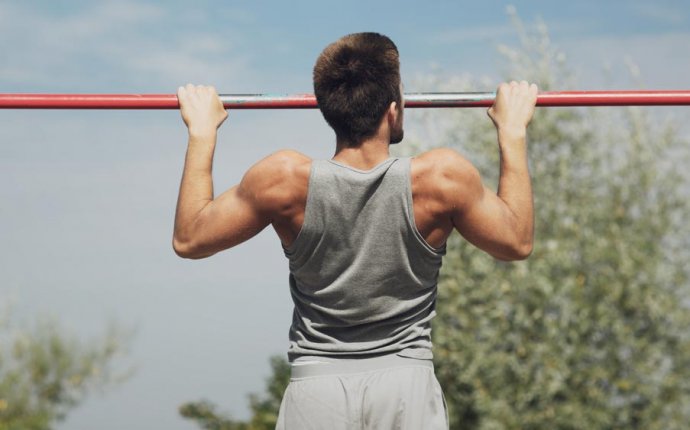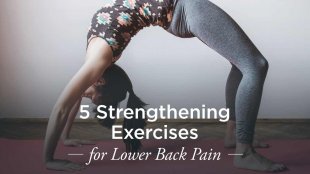
Lower back Strength Exercises
 Our bodies function at their best when muscles work in sync with one another.
Our bodies function at their best when muscles work in sync with one another.
Weak muscles, especially those in the core and pelvis, can sometimes lead to back pain or injury. Low back pain can interfere with daily activities. But research has shown that strengthening exercises may reduce pain and increase function.
Living a healthy lifestyle is the best approach to preventing low back pain. Minimizing weight gain, building strength, and avoiding risky activities will help minimize low back pain as you age.
What causes low back pain?
In the United States, low back pain is the fifth most common reason people visit the doctor. More than 85 percent of these patients have nonspecific low back pain, or pain that’s not caused by a disease or spinal abnormality.
Nonspecific back pain can be caused by:
- muscle spasm
- muscle strain
- nerve injury
- degenerative changes
Some specific and more serious causes of back pain include:
- compression fractures
- spinal stenosis
- disc herniation
- cancer
- infection
- spondylolisthesis
- neurological disorders
Try these simple, no equipment exercises to strengthen the muscles that support the spine. Gaining strength can lead to less pain and dysfunction. Check with your doctor or therapist before starting these exercises to be sure they are right for your situation.
1. Bridges
The gluteus maximus is the large muscle of the buttocks. It’s one of the strongest muscles in the body. It’s responsible for movement at the hip, including hip extension activities like squats.
Weakness in the gluteus muscles can contribute to back pain. This is because they’re important stabilizers of the hip joints, and of the lower back during movements like walking.
Equipment needed: none
Muscles worked: gluteus maximus
- Lie on the ground with your feet flat on the floor, hip-width apart.
- With your hands by your sides, press your feet into the floor as you slowly lift your buttocks off the ground until your body is in one straight line. Keep your shoulders on the floor.
- Lower back down. Rest for 1 minute.
- Repeat 15 times.
- Perform 3 sets.
2. Drawing in maneuver
The transverse abdominis is the muscle that wraps around the midline. It helps support the spine and abdomen. It’s important for stabilizing the spinal joints and preventing injury during movement.
Muscles worked: transverse abdominis
- Relax your hands by your sides.
- Take a deep breath in. Breathe out and pull your bellybutton into your spine, engaging your abdominal muscles without tilting your hips.
- Hold the contact for 5 seconds.
- Repeat 5 times.
3. Lying lateral leg raises
The hip abductor muscles help to raise the leg to the side, away from the body. They also help support the pelvis when standing on one leg. When these muscles are weak, it can affect balance and mobility. It can also cause low back pain due to instability.
Muscles worked: gluteus medius
- Lie on one side, keeping your lower leg slightly bent on the ground.
- Engage your core by drawing your bellybutton into your spine.
- Raise the top leg without moving the rest of your body.
- Hold for 2 seconds at the top. Repeat 10 times.
- Repeat on other side. Perform 3 sets on each side.









